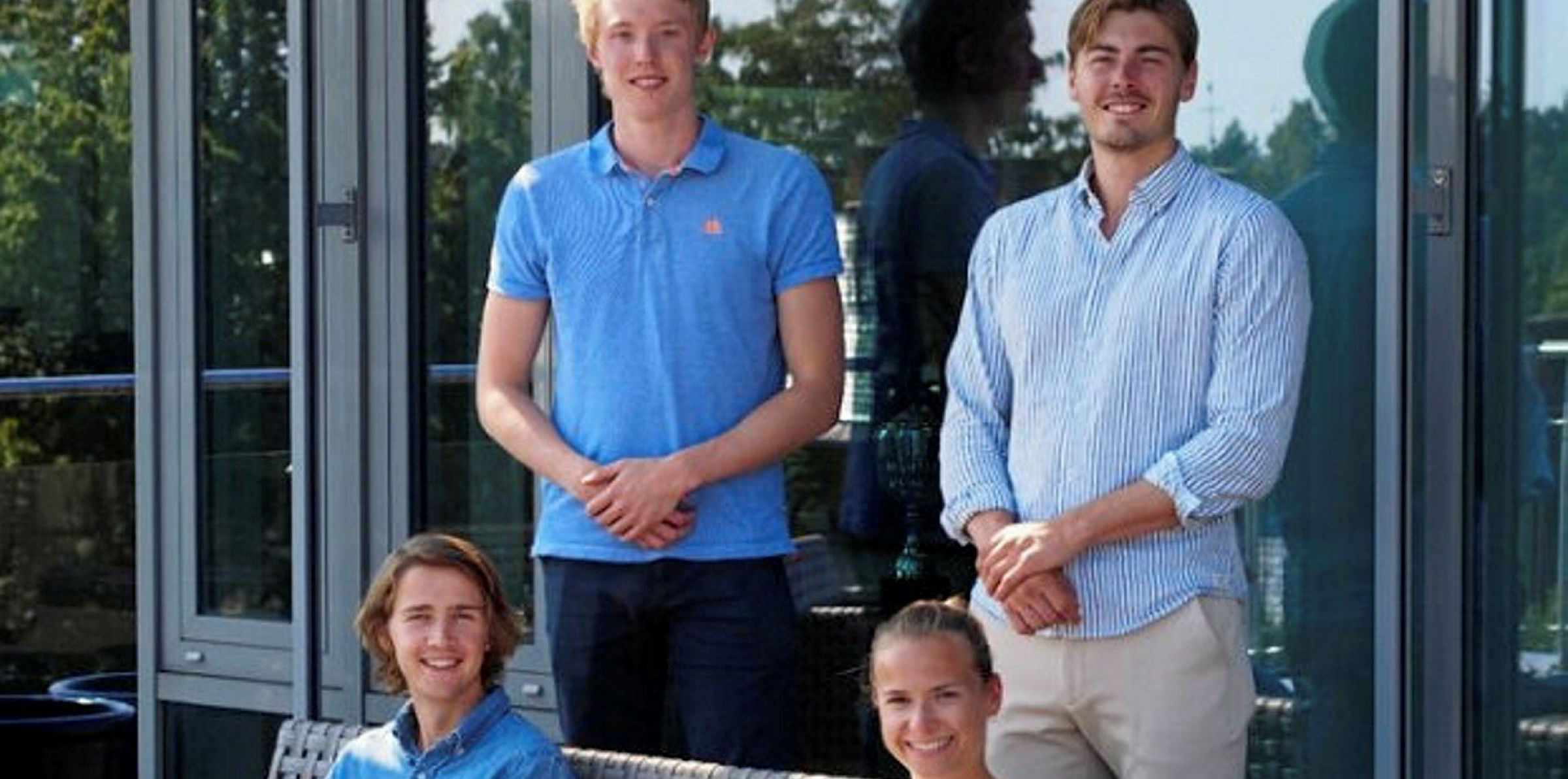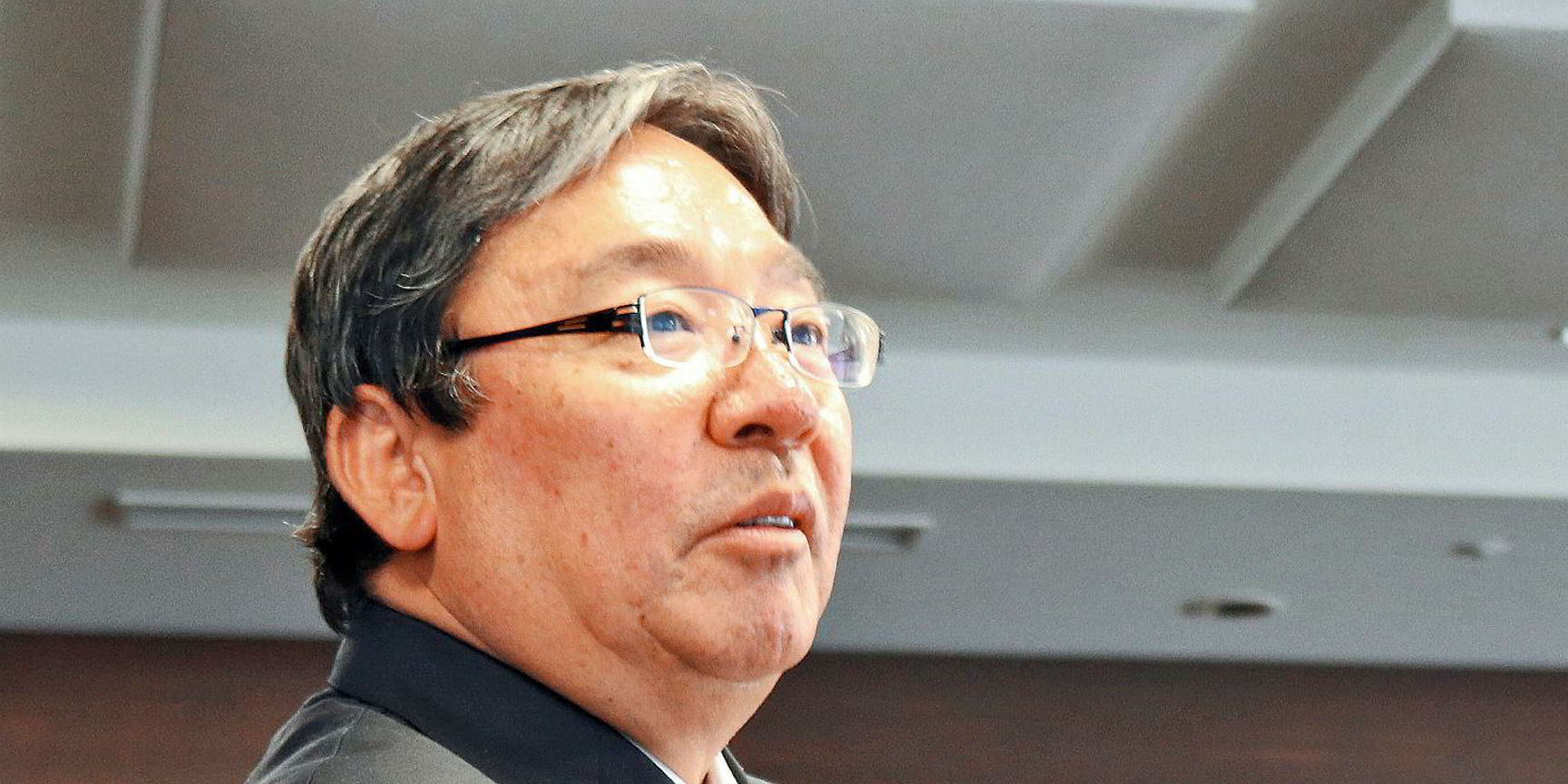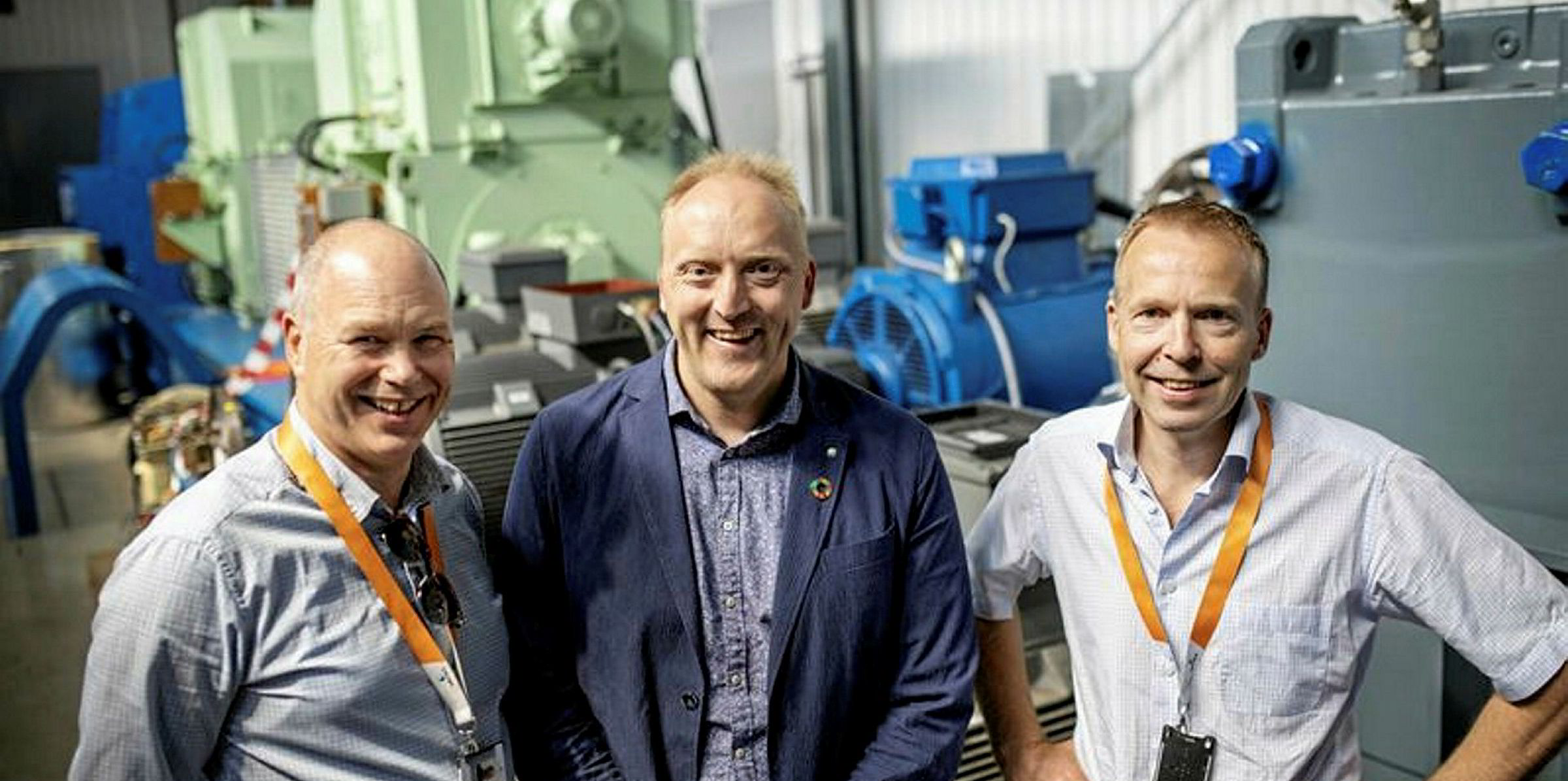Norway's Klaveness Combination Carriers (KCC) is leaving no stone unturned in its quest to develop a zero-emission vessel.
Over the summer, it brought in four interns from the Norwegian University of Science and Technology (NTNU) to examine the concept.
Petter Nordby, Sindre Hestmo, Jon Magnus Moen and Helle Jensen were tasked with exploring different possibilities to find the best options for KCC’s current combination carrier designs, without reducing their transportation capacity or trading flexibility.
The students shared their findings at the Norwegian Shipowners' Association this week, presenting two potential concepts.
The company believes this is a first presentation of its kind and told TradeWinds it had been "really impressed" with their findings and conclusions.
KCC has been vocal in trying to get such a ship into the water by 2030.
The first of the interns' concepts would see ammonia used to fuel an internal combustion engine, only requiring small modifications to the machinery system from today’s trading vessel.
As a fuel, ammonia has no carbon and no direct CO2 emissions.
"The challenge with such a solution was identified as the low flexibility for fuel tank location due to safety and need for cooling. However, tank technology and class rules are likely to develop on this front over the next years," KCC said.
The future?
The second concept was described as even more futuristic.
This would use methanol converted to energy through fuel cells.
"This would give large flexibility for tank location, but a need for storage of both fuel and CO2," KCC said.
This design required larger modifications to the machinery system when compared to the vessel running on ammonia.
The collected CO2 in the tank would be reused at the next methanol bunkering, making this solution free of CO2 emissions, however.
Such a solution could also be net CO2 negative depending on how the methanol is created, as the vessel catches and stores it on board, KCC added.
A common factor for both fuels is that they can be produced solely by green energy in the future.
But what about the cost?
The transition to zero-emission fuels could potentially become expensive, which in turn may make shipowners, governments and other relevant stakeholders more reluctant to invest in and try out new technologies and fuel types, the shipowner admitted.
To illustrate the likely costs to end users, the students gave the example of shipping aluminium needed to build a large car.
Even with rising fuel prices, they calculated an increase in costs for the end user of no more than $30 — and possibly a lot less.
They said: "We realised that zero emissions doesn’t have to be expensive for the end user, even with more expensive fuel types such as ammonia or methanol which were the two options we explored.
"To make this happen it is important that there is a drive towards collaboration across sectors, industries and governments — creating incentives from a bottom-line perspective."
The interns concluded: "There are viable alternatives out there; zero-emission technologies are just around the corner, and reducing GHG emissions to zero would most likely not be too costly to do — at least not for the end user.
"But to pull it off, politicians, regulators and policymakers must act swiftly and come together and agree on how they can best support this change through appropriate initiatives, regulations and incentives."





